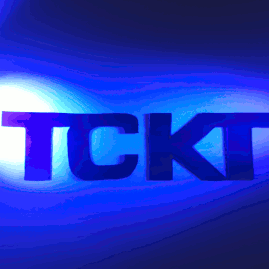
Buildings with large windows and glass façades lead to an increase in a buildings’ solar energy input, which results in increasing room temperatures. Consequently, an air condition is necessary to reduce unwanted warming. By optimizing the daylight planning, because of preventing overheating and glare, the demand of energy in buildings can be diminished substantially. In this case, an autarkic controlled shading system (CO2 reduction), operating without electricity and no moving parts, is an optimal solution for this problem. Such an opportunity is offered by switchable glasses based on principle of photochromism.
Photochromic pigments exist and they are commercially available. However, they are known for their limited extent due to the low light fastness and their UV-instability. For future applications, stabilization will be necessary. To achieve this, the fundamental mechanism of the discoloration (photochromic effect) in different matrices needs to be examined.
The aim of the project is the determination of the significant influence parameters of photochromic spiro-pigment and their behaviour either in solvents or polymers. Potential parameters are: viscosity and elasticity of the matrix, influence of polar chemical groups and ions (affects electron shell).
At first, suitable additives of spiro-pigments will be selected. Subsequent, the different photochromic mechanism, their origin and as well their intensities has to be investigated first of all in solvents and finally in polymers. The focus will be the examination of the influence of polarity, the configuration of ions, hydrogen bonds, the elasticity of the matrix or rather the viscosity of the solvent, crystallinity and the influence of the chain length. In the end it will be possible to investigate a structure-property-relationship-model.
This research will be supported by the European Regional Development Fund (IWB/EFRE) by Land Oberösterreich. For further information about IWB/EFRE see www.iwb2020.at.






